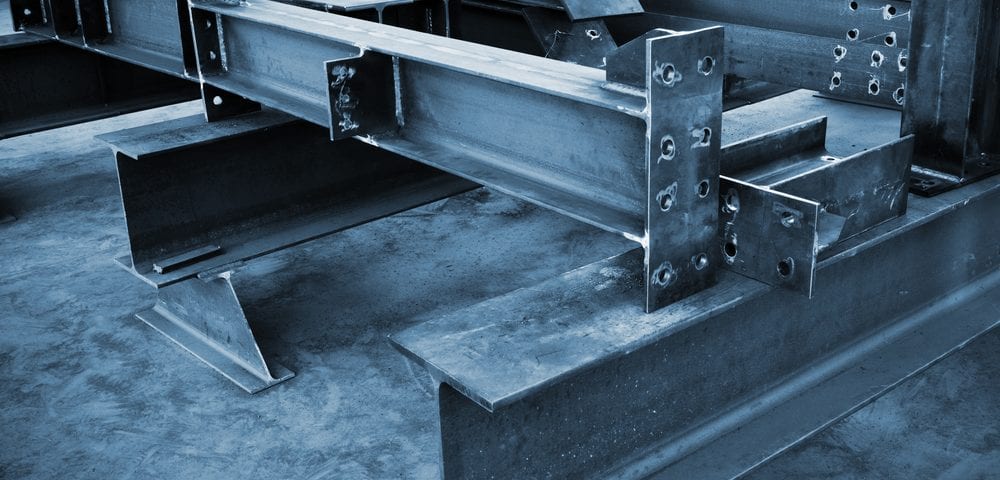Metal Aging Process, Benefits and Risks to Understand, Part 1

Welding, Brazing and Common Metal Melting Points
January 24, 2020
Metal Aging Process, Benefits and Risks to Understand, Part 2
February 14, 2020There are numerous examples of terms that mean something slightly different in the steel and metal world than they do in other areas, and one such term is “aging.” While this term is normally used to describe the process of getting older, for metals and steels it refers to a common process that’s used to alter or speed up the changes to a certain metal’s properties that might normally occur over a longer period of time – so the term is similar, but not the same.
At Wasatch Steel, we’re happy to detail any important processes you might require for our steel products, from our steel pipe to steel bar, steel tubing and many other options. In this two-part blog series, we’ll go over everything you need to know about the metal aging process – what it is, how it works, the kinds of metals that can be aged in this method and some of the risks of what those in the industry would refer to as “overaging.”
Metal Aging Basics
As we noted, metal aging is a process used to alter a metal alloy’s properties, whether we’re talking steel or several other alloy types (more on this in part two of our series). There are many metal types that will be formatted specifically with future aging in mind, and this process will often take the place of quenching, work hardening or other heating formats that can be used for similar effects.
Aging processes can alter both the physical and aesthetic qualities of a given metal alloy. When finished, metals often are very different from their initial properties.
Types of Metal Aging
Generally speaking, there are two broad types of metal aging processes out there:
- Natural aging: Natural aging is the closest to what laypeople would use the term “aging” for. It involves keeping a given metal at room temperature for long periods, allowing super-saturated alloying elements to form metal precipitates. These precipitates block dislocations in the metal, improving its strength and hardness while limiting its ductility.
- Artificial aging: Artificial aging, on the other hand, accelerates the natural process using elevated temperature, to a level just below the metal’s recrystallization temperature. Once the element precipitates have reached the proper size, the metal is cooled quickly so no further changes take place.
Overaging Risks
Both forms of metal aging should be done with an eye to one risk, know as overaging. This occurs when the precipitates change in size to too great a degree, past the point of benefit. This can happen if metals have already been previously aged, or if the process is carried out improperly or for too long, and often leads to reduced strength and hardness in the alloy.
In part two of this series, we’ll go over the kinds of metals, including steel, that can be aged using the processes we’ve detailed here. To learn more about this or buy any of our steel online, speak to the staff at Wasatch Steel today.



